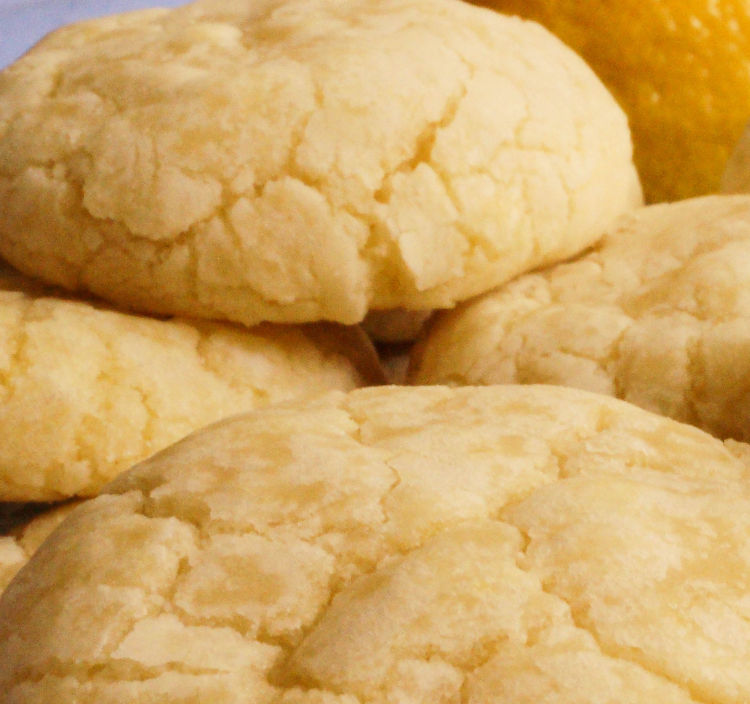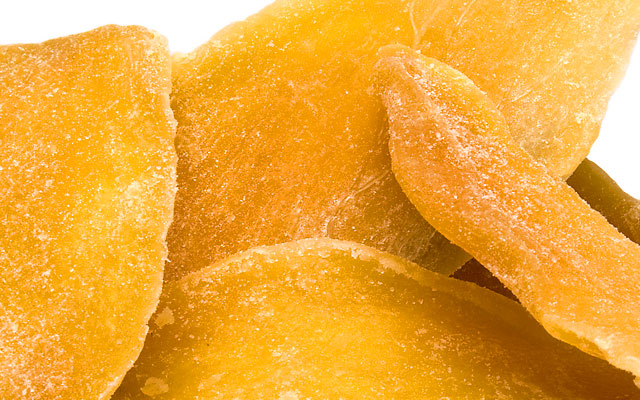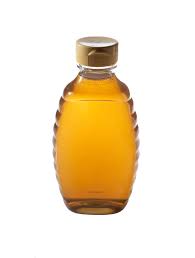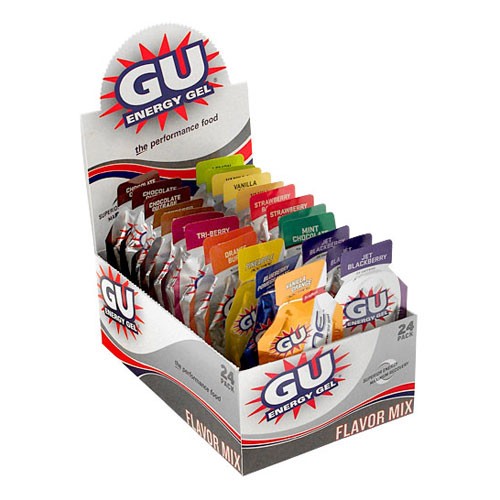Loving the BITE: Cookies vs. Dates vs. Honey vs. Gels
I’m not a one-best sort of person. No one size fits all or black and white recommendations here.
Instead, I’m more of a good-enough sort of person. Or, probably more accurately, a good-fit sort of person. This applies to many things in my life, and one of them is certainly training fuel.
When I’m working with a client, or when one buys my book, they will find that I offer many, many different recommendations for training fuel. I don’t push one brand (although I’m happy to let you know which I like the best, which many of my clients, and which seem to cause the most issues for folks). I don’t even push one type of fueling.
I work with many clients who prefer “lighter” drinks or water and more food and electrolytes from other sources than a sports drink.
I work with many that prefer all their nutrition from their drink and no solids.
And, I work with many that do something in between. This is my preference as well.
Why? It’s simple really. There are simply nutrients/fuel that your body needs on the bike, and others it doesn’t. Namely, you need 3 things for optimal performance: fluids, carbs, and sodium (for rides over 60-90 minutes anyway). For many people, a good place to start is 60-75 gm carbs per hour (bump up to 75-90 for rides >3 hours), 400-700 mg sodium per hour, and 16-24 oz fluid per hour. To get these, you can use:
- water + electrolytes + carbs for “carb options”
- drinks that include electrolytes & carbs + “carb options” to make up the difference
- concentrated drinks that achieve all of the above without “carb options”
Today, I’ll define these carbs options and provide some examples. Then, I’ll give you my preferences and some caveats on these generalizations. Let’s get to it:
Fuel Options of the Week: Cookies vs. Dates vs. Honey vs. Gels
Carb Options:
As mentioned, many many “carb foods” work for carb options. These can include (to name a few):
- Cookies and bars (homemade or commercial)
- Dates, dried fruits, fruits strips, mango strips, fresh fruits
- Honey
- Gels, Blocks, and other commercial gooey or gummy carbs
- Starchy Vegetables such as boiled/mashed potatoes or sweet potatos
- Other starches such as rice, quinoa, bagels, tortillas, noodles, etc.
Comments:
What defines a “carb option?” This is just a term I use to describe the fuel an athlete uses, in addition to any fluids. Since I find best results with aiming for 60-75 grams (75-90 for longer rides) per hour on the bike, you find out how much you’re getting per hour from your drink and make up the rest with these options. IF you choose water or a lighter carb drink, you’ll likely need carbs options every 30 minutes. IF a moderate one, then 1 carb option per hour will usually suffice. IF a concentrated drink, you many not need any carb options.
Since I find best results with aiming for 60-75 grams (75-90 for longer rides) per hour on the bike, you find out how much you’re getting per hour from your drink and make up the rest with these options. IF you choose water or a lighter carb drink, you’ll likely need carbs options every 30 minutes. IF a moderate one, then 1 carb option per hour will usually suffice. IF a concentrated drink, you many not need any carb options.
So, what’s the difference in the options above? In practice, I’m not convinced there’s much difference at all in terms of fueling your body and results on the bike. Sure, there’s the optimal ratio of 2:1 glucose:fructose for best glucose uptake by cells. Or, there’s warnings that fructose first replenishes liver glycogen which not immediately beneficial to muscles. In research there seems to be a lot of rules. And, maybe if you are truly racing or training to cut off seconds of time, this really does all matter.
But, if you’d like a bit more freedom, and less rules, I’m happy to give that to you. I can tell you that in the real world, many carb foods work well, even for those winning highly competitive races. And sometimes, it’s the research-driven engineered fuels, with perfect ratios, that cause the most stomach problems. The best fit for you? One that’s easy for you to unwrap, to eat and chew, and that you look forward to.
For the most part, any of the carb foods above can be portioned to equal about 25  grams of carbs (most commercial fuels are around this amount per serving). If your carb option is not a “pure carb,” take into account any other ingredients that may slow digestion or upset your stomach (not too much fat or fiber). And, if it’s not a commercial product, you’re likely to get very little added sodium in it’s natural state – so, if you’re trying to get up to 400 milligrams per hour, take into account the amount in your drink and add 1/12 tsp salt to your carb option for 200 mg sodium if needed.
grams of carbs (most commercial fuels are around this amount per serving). If your carb option is not a “pure carb,” take into account any other ingredients that may slow digestion or upset your stomach (not too much fat or fiber). And, if it’s not a commercial product, you’re likely to get very little added sodium in it’s natural state – so, if you’re trying to get up to 400 milligrams per hour, take into account the amount in your drink and add 1/12 tsp salt to your carb option for 200 mg sodium if needed.
Here are my simple rules:
- Form a plan to get in all the needed hourly nutrients (16-24 oz. fluid, 60+ grams carbs, 400-700 mg sodium).
- Start with your fluids and determine what carbs and electrolytes you’re obtaining from it.
- Choose carb options that are easy to carry, easy to eat, and most of all, that you like.
- Add in extra sodium if needed.
- On rides >3 hours, add in more substantial foods ever 3 hours or so, if desired. However, keep these portion sizes small, no bigger than 1/2 sandwich.
My preferences:
If making my own, I use a homemade drink of 10 oz. organic lemonade, 10 oz. water, and 1/8 tsp salt. If I need a more concentrated drink, I add 10-20 grams maltodextrin. If buying commercially, I like Skratchlabs for a “lighter” drink on shorter rides, and CarboRocket 333 for more concentration on a longer ride.
Then, when I need carb options, I often go for variety. My most comment choices are salted fruit strips or mango strips, Powerbar gels, lemon cookies, and homemade lemon bars.
For longer rides, I’ll add in bacon rice burritos and mashed sweet potatoes (all of these recipes can be found on this site). But that’s all me. What do you like best?
A Few Caveats:
- IF you have stomach issues or feel a general “stacking” in the stomach, you’ll often do best with water + electrolytes, or light drinks, and more solids. Many of these athletes simply need solids to sort of push foods through the stomach rather than allowing a bunch of liquids and gels “stack” up. Also, adequate sodium can alleviate this as it can improve stomach emptying.
- IF you’re gonna be on single track or on a ride that doesn’t allow for much eating, try to use a more concentrated drink if possible and make sure it’s logistically easy for you to drink (I prefer camelbak’s over bottles on singletrack).
- IF you’d rather rely on burning fat by skimping on carbs, or on making your body adapt to fat intake as fuel (which is different than fat breakdown from the body as fuel), that’s fine too. However, in practice, I find that this rarely produces good results. I believe that no matter how the body is trained, it will still primarily want to burn readily available carbs and glycogen, and will perform best when these are available.
- IF you feel that you simply don’t need the amounts of fluid I’ve stated above, go for it and try less (some do okay with less)! But I will tell you that getting enough hydration and specifically enough sodium per hour has relieved most all cramping issues for those I work with who have a history of them.
Many ways to fuel right. Figure out what you like best, and use it to get the nutrients your body can use every hour. Keep in mind, this is not about what your body is burning, but what it can use. Two different things. And don’t get sucked into using a product that you don’t like just because everyone swears by it. The more you like your fuel, and your carb options, the better it’ll go. I look forward to most all my carb options and it makes riding an even more enjoyable experience.
Fuel Your Ride. Nourish Your Body.
If you’d like to work with Kelli one-on-one with a Custom Nutrition Plan & Coaching, or download one of her acclaimed Instant Download Plans like Fuel Right Race Light, click here: Apex Nutrition Plans for Endurance Athletes. Be sure to use coupon code lovingthebike for a 15% discount!



Thanks for the comment Chris! Especially when you’re checking blood sugars, it’s a great idea to have a variety – it’s can be difficult to anticipate exactly where they will be. More complex carbs can help soften the effect of carbs as well, as I’m sure you know. So, the bars with nuts or even the oatmeal cookie fuel I’ve posted can be good choices. Thanks again! Kelli, RD
Another great article Kelli. I find that no one formula works for me either. First of all, I have diabetes, so while exercise works well in helping me control my blood glucose it also can complicate my carb/medicine intake. Aging further complicates the issues as our bodies change over time. I have to check my BG often and prepare for rides with both maximum carb intake and minimum carb intake options available.